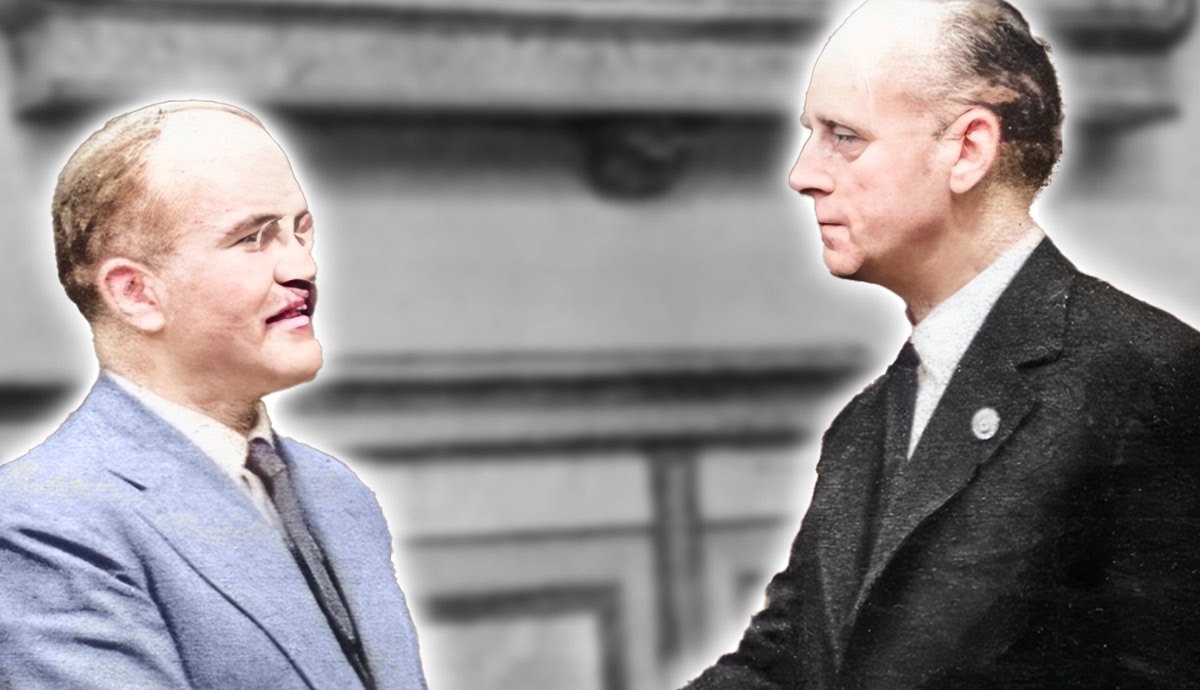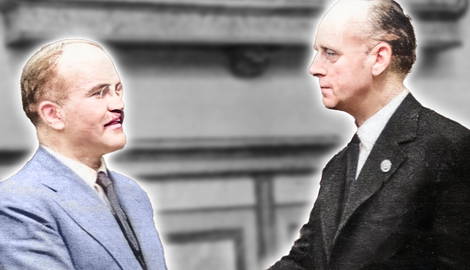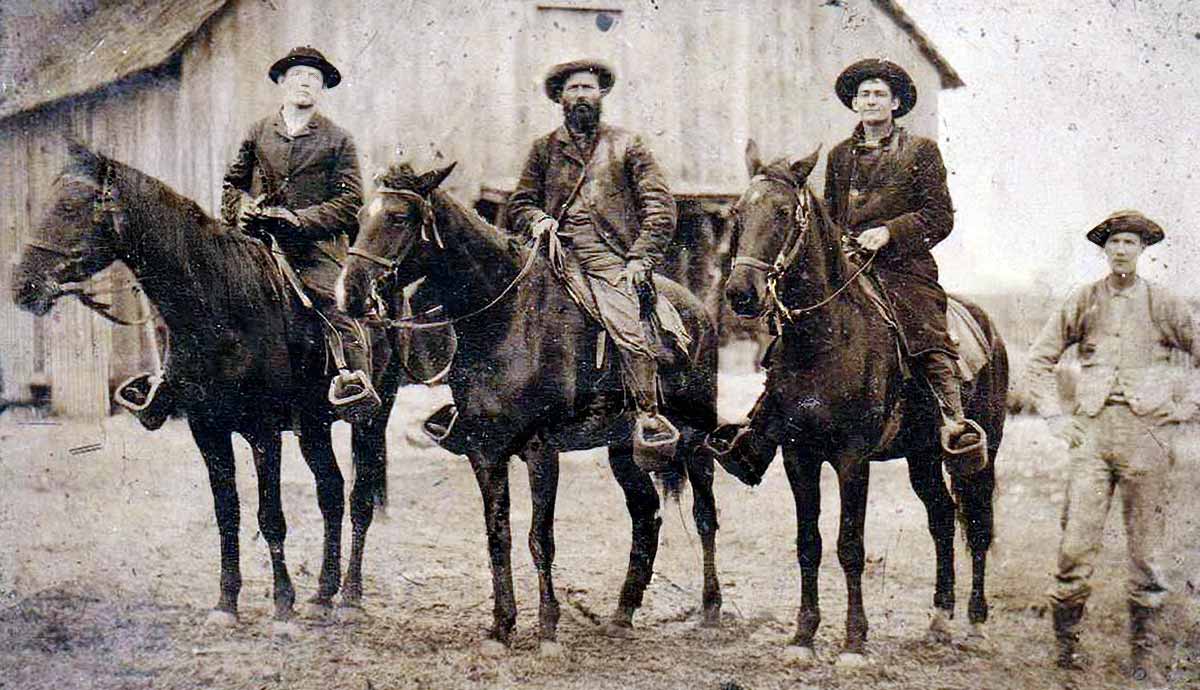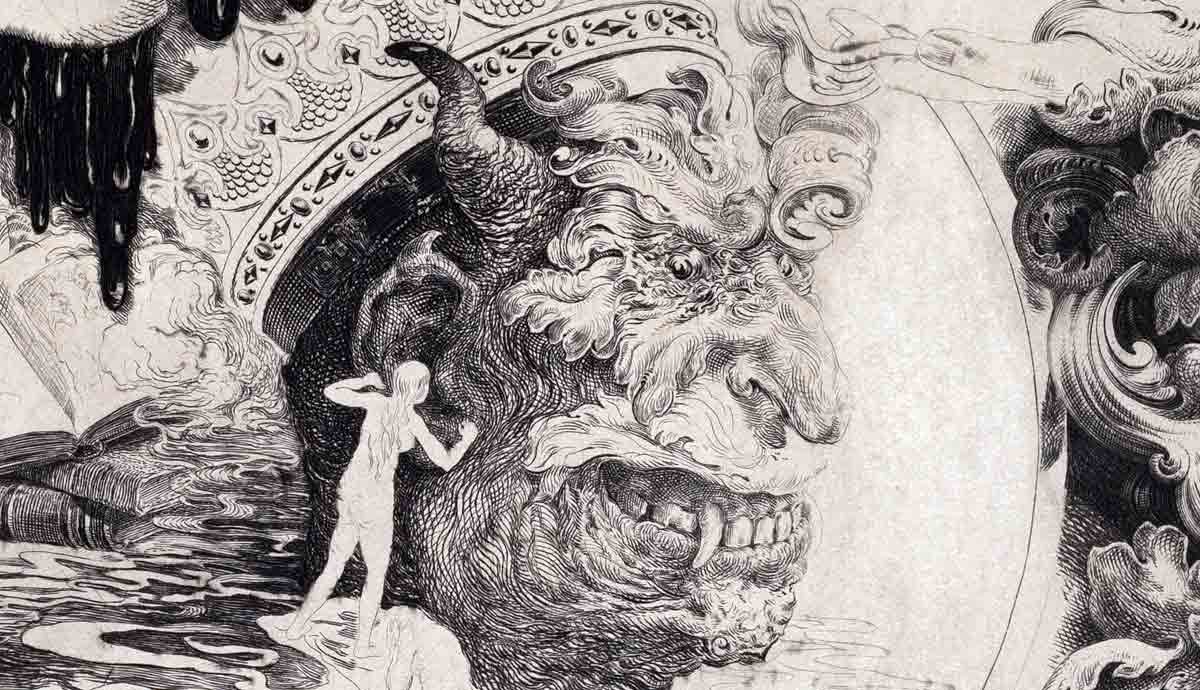
To the world’s absolute astonishment, on August 23, 1939, Nazi Germany and the Soviet Union signed a non-aggression treaty. The Pact, named ‘Molotov-Ribbentrop’ after their Foreign Ministers, came between two opposing political and ideological foes. The Pact pledged no war would happen, establishing security between the two nations. A week later, on September 1, Germany invaded Poland, igniting World War II. On September 17, the Soviets marched from the East, ensuring Poland’s defeat.
The Pact in Brief

The central point was the non-attack pledge – neither Germany nor the Soviets would attack each other, even if it involved a third country. Each country had territorial ambitions in Eastern Europe, and the Pact divided those up. The Pact’s second point established zones of influence, giving the other a free hand. Germany got Poland and a slice of Lithuania. The Soviets got parts of Poland, all three Baltics, Finland, and other territories. These annexations proved costly two years later.
The Pact’s Origins

The 1933 elections brought the Nazi Party to power primarily from the fear of Communism. The Nazis were anti-Communist early on, considering it a threat to society. Aside from the Jewish element Nazis saw, the Communists extolled class above all. The Nazi core beliefs were nation and race first.
Germany’s rearmament started in 1935. Next, through bluffs or threats, Hitler annexed Austria, the Sudetenland, and the Saar. Hitler’s goal of living space or “lebensraum” could only be achieved in the East. But the Nazis needed time to avoid a prolonged two-front war which the Pact ensured.
By the 1930s, the Soviet Union was politically stable but needed time. Stalin’s 1937 Great Purge eliminated potential rivals and perceived threats but decimated the military. The Pact bought the Soviets time to recover and prepare for future conflicts.
Benefits for Both Sides

The Molotov-Ribbentrop Pact offered more than border security for both powers. Germany’s rearmament began in 1935 as Hitler renounced the Versailles Treaty the following year. The sudden output required raw materials to feed it – which Germany lacked. The Pact included raw materials such as iron ore, grains, and oil. The biggest weakness was oil; unlike the Soviets’ massive supplies or the Allies’, who got theirs from the Middle East, Germany had none. A small synthetic source, being costly to produce, came from coal but never in sufficient quantity. Now, as long as Germany paid, Soviet oil would flow.
With the Pact came influence in the Balkans, access to the Mediterranean, and Romania’s oil. Hitler’s war machine came to need this source. Other benefits included a divided Poland acting as a buffer. The Nazis concentrated on Poland and later the Allies, avoiding a two-front war. The Nazis, the propaganda masters, trumpeted the Pact showing that such philosophical differences could be set aside.
As Molotov finished signing the Pact, the Soviet Union’s strategic situation improved. In 1939, the effects of The Great Purge solidified Stalin’s status – fear ruled. He knew Russia wouldn’t win a war with Germany. The Pact gained time for military readiness.
Territorial Gains

Like Germany, the Molotov-Ribbentrop Pact gained concessions without conflict. The first – and kept secret – were territorial gains. Besides eastern Poland, the three Baltic states (Estonia, Latvia, Lithuania) and eastern Moldova (Romania) fell under the Soviet sphere. The annexation of the Baltics now put Russia on the Baltic. The Soviets controlled the long coastline, letting them dominate much of the sea, providing a strategic advantage. The control and annexations also gave more leverage in the Balkans.

Stalin used the Pact to impose Communism on annexed areas. This policy would haunt the Soviets two years later when the Axis did invade – Operation Barbarossa. Time gained by the Pact offset the Great Purge. The military’s modernization was underway. New tactics, equipment, and capable officers began to show promise. The Purge crushed this. Now, the Pact offered breathing room, maybe enough to recover.
A Shocked Reaction – Britain and France

Both countries knew about the Pact and its secret territorial swaps. Soviet Russia and Nazi Germany were dual threats to the Allies. Either having sway in Eastern Europe made them wary. The Allies had a treaty with Poland. Romania received a similar guarantee, though both might be futile.
For GermanY, the Pact deftly outmaneuvered the Allies. If there had been a remote chance Stalin might be on the Allied side, this now vanished. Churchill, who was not Prime Minister until 1940, reacted with the famous quote about Russia: “It is a riddle wrapped in a mystery inside an enigma.” The Molotov-Ribbentrop Pact ended with the June 22, 1941 invasion of the Soviet Union.










